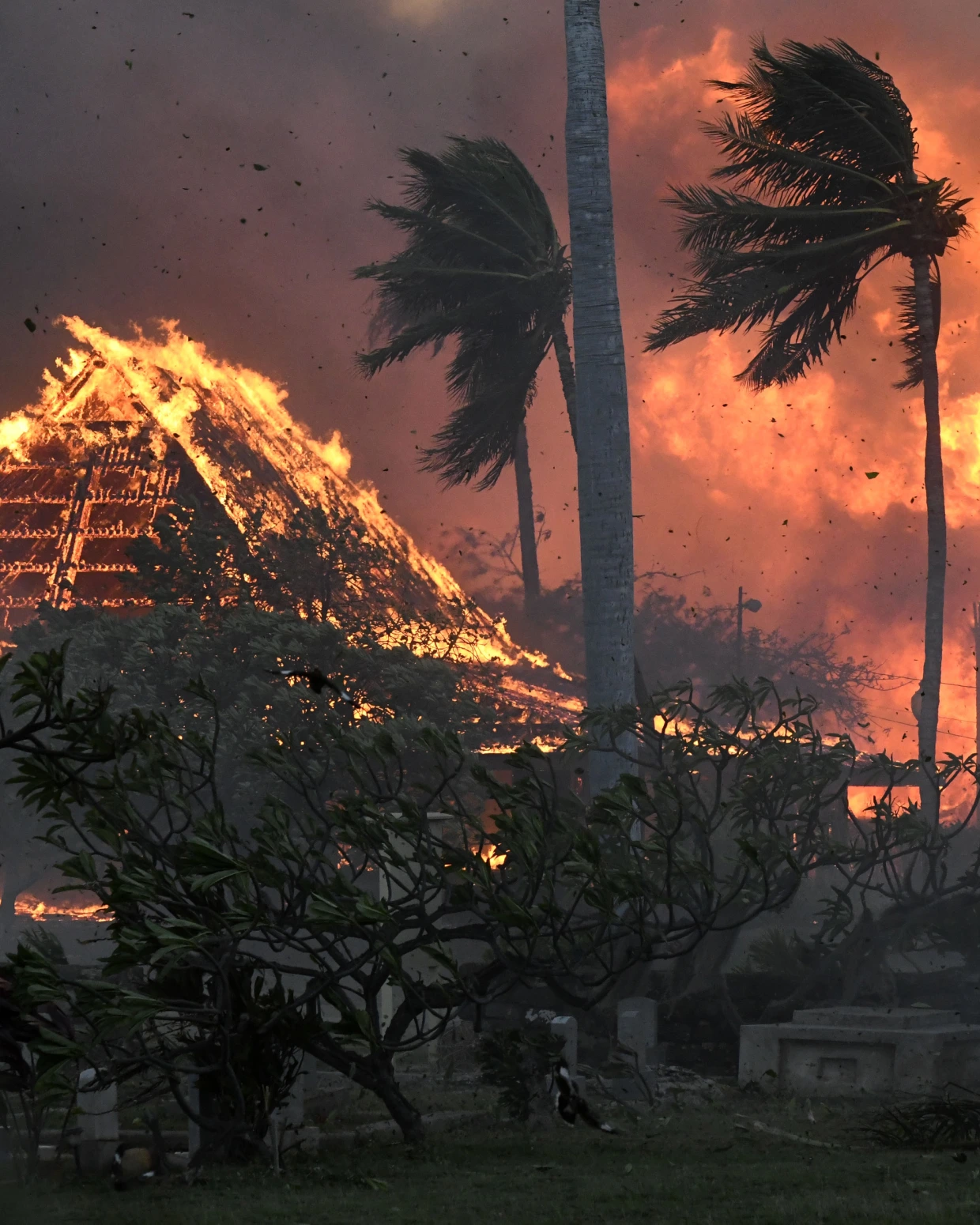On Sunday, May 25, 2025, Hawaiʻi’s Kīlauea Volcano erupted in spectacular fashion, unleashing lava fountains that soared over 1,000 feet into the air. This dramatic display marked one of the most intense eruptive episodes in recent years, captivating scientists and visitors alike within Hawaiʻi Volcanoes National ParkThe eruption, designated as Episode 23 by the U.S. Geological Survey (USGS), commenced at 4:15 p.m. HST when thin jets of lava emerged from the north vent of Halemaʻumaʻu crater. Within 30 minutes, these jets intensified into sustained fountains exceeding 1,000 feet (300 meters) in height. By 5:20 p.m., the south vent also became active, producing lava fountains that reached approximately 800 feet (250 meters)The eruption was accompanied by significant geological activity. Seismic tremor intensified notably at 4:36 p.m., coinciding with the robust lava fountaining. Tiltmeters at the summit recorded rapid deflation rates exceeding 2 microradians per hour during the peak of the eruption. Sulfur dioxide emissions were estimated between 50,000 to 75,000 tonnes per day, and the volcanic plume soared above 14,000 feet, laden with ash, scoria, and Pele’s hairThe eruption persisted for several hours, with the north vent ceasing activity at 9:48 p.m. and the south vent concluding at 10:25 p.m. Following the eruption, summit tiltmeters indicated a return to inflation, and seismic tremor levels decreased significantlyKīlauea has been erupting intermittently since December 23, 2024, with this latest episode being among the most vigorous. Despite the intensity, all volcanic activity remained confined within the Halemaʻumaʻu crater, posing no immediate threat to nearby communities. However, visitors to the park are advised to exercise caution due to potential exposure to volcanic gases and ash

Tags:
No Responses